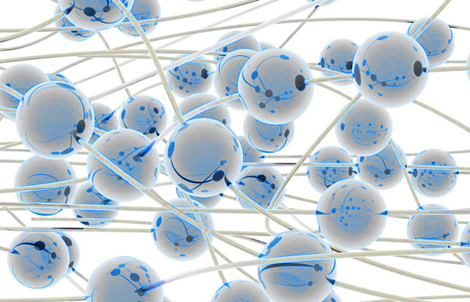
The two most important capabilities of stem cells are their ability to differentiate into various types of cells and their ability to renew themselves. For example, blood stem cell self-renewal allows them to produce new blood cells and power the immune system.
Researchers at the Technical University of Munich (TUM) have now discovered the signaling pathways that play an essential role in blood stem cell self-renewal. Scientists from the university discovered that the surrounding tissue cells play a role in the process of self-renewal and communicate with the blood stem cells (hematopoietic stem cells).
Hematopoietic stem cells (HSCs) play a crucial role in the human body — they produce new blood cells and help the immune system to function. HSCs are usually in “standby” mode, partially dormant. As soon as the human body suffers blood loss or needs help fighting off an infection the HSCs go into overdrive, producing blood cells.
As soon as the hematopoietic stem cells go into overdrive to create more blood cells, they also begin to ramp up their levels of self renewal. That way the HSCs can differentiate into blood cells and the pool of stem cells available is constantly replenished.
Scientists examined the communication process that occurs when the hematopoietic stem cells go into overdrive. Professor Robert Oostendorp explains: “In our study, we set out to establish which tissue signals are important to stem cell maintenance and functionality, and which HSC signals influence the microenvironment.”
The research team used mixed cultures of tissue and stem cells to understand how the two cell types interacted. To understand the interaction, they added all available information about stem cell interaction to a bioinformatics computer model. They performed a number of experiments to fill in gaps in the available knowledge and built a computer-generated signaling pathway model.
They found that the entire system operates in a feedback loop. Stem cells influence the actions of tissue cells, and then the tissue cells trigger self-renewal of stem cells. The next step for scientists is to understand how they can precisely control stem cell activity by targeting these complex interactions. If they can do that, it will help improve many existing medical treatments, including leukaemia treatments.
Source: Blood stem cell self-renewal dependent on surroundings
{{cta(‘3fe0aac7-7562-46dc-b8b9-c706d9cfd6b1’)}}
{{cta(‘fec594e9-5433-4350-9180-2bdd371eb399’)}}


